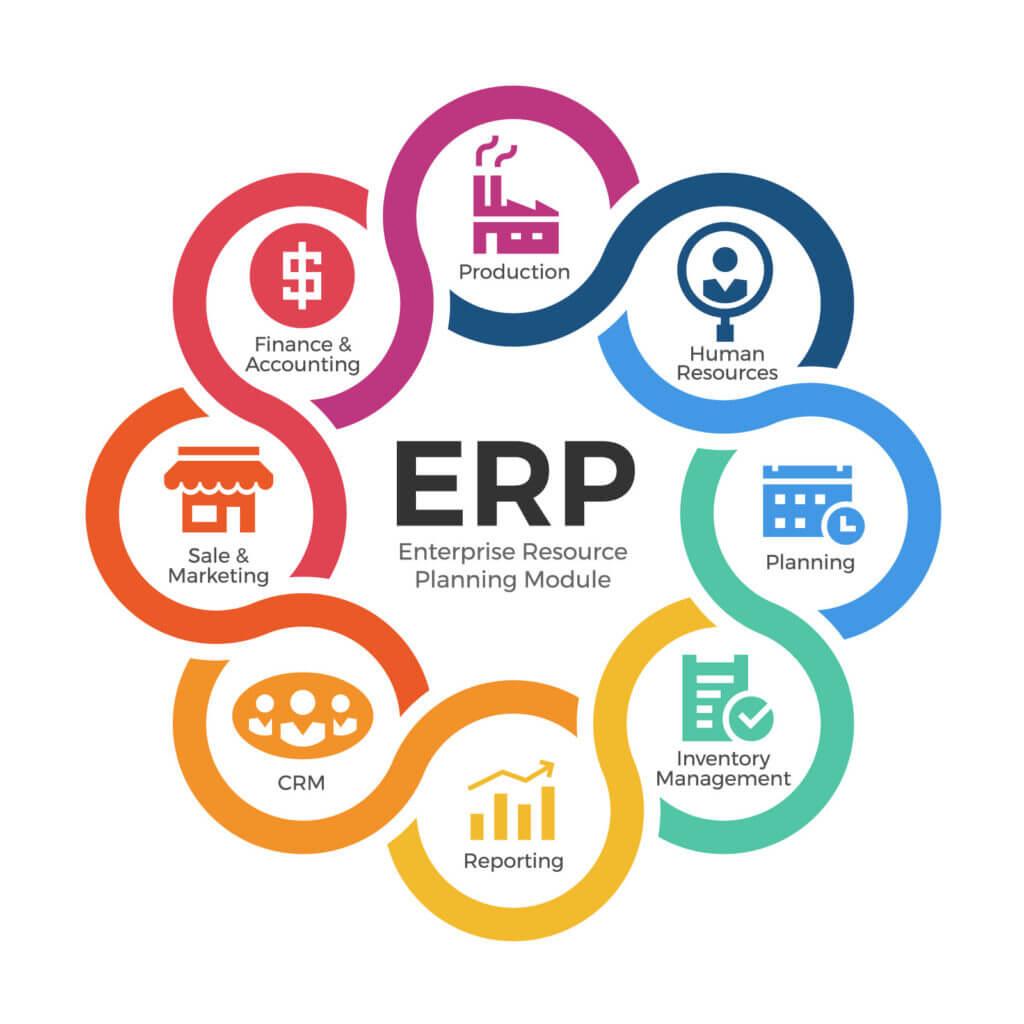Examining the Dynamic Global ERP Software Market Growth Rate

The ERP Software Market Growth Rate continues to demonstrate a strong and sustained upward trajectory, with the industry's expansion being propelled by the universal and unrelenting corporate imperative to achieve greater operational efficiency and agility. This impressive growth is fueled by a business environment that is becoming increasingly complex, competitive, and data-driven. In this landscape, companies can no longer afford the inefficiencies, data silos, and lack of visibility that come from running their business on a patchwork of disconnected, legacy applications or manual, spreadsheet-based processes. ERP software provides the definitive solution, acting as a unified digital core that streamlines workflows, automates routine tasks, and provides a single, real-time source of truth for all critical business information. This fundamental value proposition—the ability to run a smarter, faster, and more efficient business—is the primary engine of market growth, as organizations of all sizes, from startups to global conglomerates, recognize that a modern ERP system is a foundational requirement for digital transformation and long-term competitive advantage.
A crucial catalyst for the market's high growth rate has been the profound and accelerating shift towards cloud-based ERP solutions. The traditional on-premise ERP model, with its massive upfront capital expenditure for software licenses and hardware infrastructure, and its long, complex implementation cycles, was often a major barrier to adoption, particularly for small and medium-sized enterprises (SMEs). The advent of cloud-based ERP, delivered as a Software-as-a-Service (SaaS) model, has completely revolutionized the market and has been a massive growth accelerant. The SaaS model democratizes access to world-class enterprise technology, allowing SMEs to adopt a powerful ERP system for a predictable and affordable monthly subscription fee, turning a huge capital expense into a manageable operational expense. The cloud also offers superior agility and scalability, allowing businesses to easily add new users or modules as they grow, and provides the mobile accessibility that is essential for the modern, distributed workforce. This massive and ongoing migration from on-premise to cloud is a key factor that is not only driving new adoption but is also creating a massive new market for the migration and modernization of existing legacy ERP systems.
Furthermore, the market's growth rate is being significantly propelled by the integration of next-generation technologies into the core of ERP platforms. Modern ERP systems are no longer just passive systems of record; they are becoming intelligent, proactive business management platforms. The embedding of Artificial Intelligence (AI) and Machine Learning (ML) is a major driver of this evolution. AI is being used to automate complex processes like financial closing and accounts payable, to provide intelligent, predictive forecasts for demand and inventory, and to offer prescriptive analytics that can recommend optimal business decisions. The integration of the Internet of Things (IoT) is another key driver, allowing ERP systems to connect directly to machines on the factory floor or to assets in the supply chain, providing real-time data for manufacturing and logistics operations. These advanced capabilities are creating a compelling new value proposition for ERP, encouraging both new customers to adopt the technology and existing customers to upgrade to these more intelligent, next-generation systems, thereby fueling the market's impressive and sustained growth rate.
- Art
- Business
- Causes
- Crafts
- Community
- Dance
- Drinks
- Εκπαίδευση
- Fashion
- Film
- Fitness
- Food
- Παιχνίδια
- Gardening
- Health
- Κεντρική Σελίδα
- LGBTQ+ News
- Literature
- Music
- News
- Nature
- Networking
- Oddities
- άλλο
- Party
- Politics
- Religion
- Science
- Shopping
- Sports
- Theater
- Wellness



